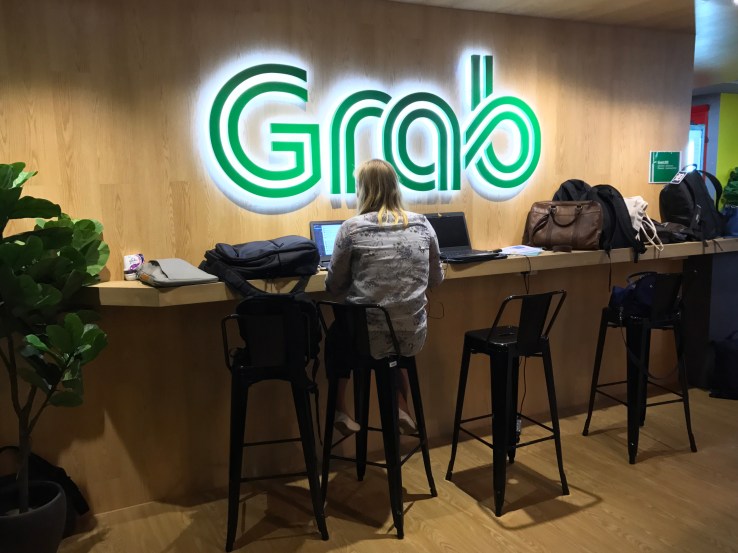

Grab is best known for rivaling Uber in Southeast Asia, but today the company took a major step into becoming a fintech player, too.
That’s because the ride-sharing firm, which recently raised $2 billion from SoftBank and China’s Didi Chuxing, rolled out support for its GrabPay service among third-party merchants for the first time today.
Grab is present in seven markets across Southeast Asia, but the first merchants it is onboarding are street food sellers in Singapore, where the firm is headquartered.
This won’t change the game overnight for the company’s 50 million-plus users, but it is a sign of where Grab is headed since it announced plans to develop a payments platform last year. It takes GrabPay from being merely the system that enables you pay for a taxi using your credit (or pre-bought Grab credit) to one that could be used more widely as a digital payments app.
The process is much like popular payment services like Alipay: users just scan the merchant’s QR code, key in the amount and hit pay. Grab is placing incentives on using GrabPay credits — which will make the service more like wallet — but it also works with credit cards and other payment methods Grab offers locally.

The company is being rather coy on when it will expand the payments feature to new markets, other than that it will happen next year. Nonetheless it will be interesting to observe the impact it has in Singapore, the country of seven million people which exhibits more Western consumer habits than any place in Southeast Asia.
“This is an important part of the journey,” Grab co-founder Hooi Ling Tan told TechCrunch in an interview. “We’ve been talking and executing on our plan but today is a significant milestone for making GrabPay truly a cash replacement.”
“If I leave my wallet at home, I can still pay for breakfast, lunch and dinner. In time I’ll be able to buy goods like hardware or groceries using GrabPay,” Tan added.
 There’s a veritable tonne of fintech startups and solutions aimed at digitizing payments already and Singapore, the hub for venture capital and a global financial market, has tended to be a first stop for most. But Tan is adamant that GrabPay has a super power lacking in others: users.
There’s a veritable tonne of fintech startups and solutions aimed at digitizing payments already and Singapore, the hub for venture capital and a global financial market, has tended to be a first stop for most. But Tan is adamant that GrabPay has a super power lacking in others: users.
“For merchants in Singapore, the moment they sign up they get access to four million customers,” she said. “Telcos and banks haven’t been able to move to mobile wallets is because it requires them to adopt new customer behavior. [But] we’ve already shifted a significant portion of customer behavior.”
Given that Grab only began accepting payments less than two years ago, its move into payments has been swift since it was announced in July 2016. The firm hired ex-Euronet exec Jason Thompson to lead the GrabPay business, opened R&D centers dedicated to fintech, made an acquisition and added credit facilities and peer-to-peer transfers recently.
“For us to provide better services to a larger portion of Southeast Asia, existing partners we could work with didn’t meet the scale or expectation of what we had,” Tan said of the payment push. “Nine in ten in Southeast Asia don’t have a credit card and 75 percent are unbanked — it’s clearly a big problem and, in our minds, larger than transportation.”
Grab’s move to enable financial inclusion is the opposite of Uber’s recent announcement of an own-branded credit card to its users. Admittedly that’s a move primarily aimed at first-world markets, but it certainly emphasizes Grab’s focus on being local.
It isn’t the first to go down this route by any means, however. Go-Jek, its billion-dollar rival based in Indonesia, introduced its GoPay service in 2016 while India’s Ola, which shares common investors with Grab, has operated standalone service Ola Money since 2015.
Featured Image: Jon Russell/Flickr UNDER A CC BY 2.0 LICENSE

